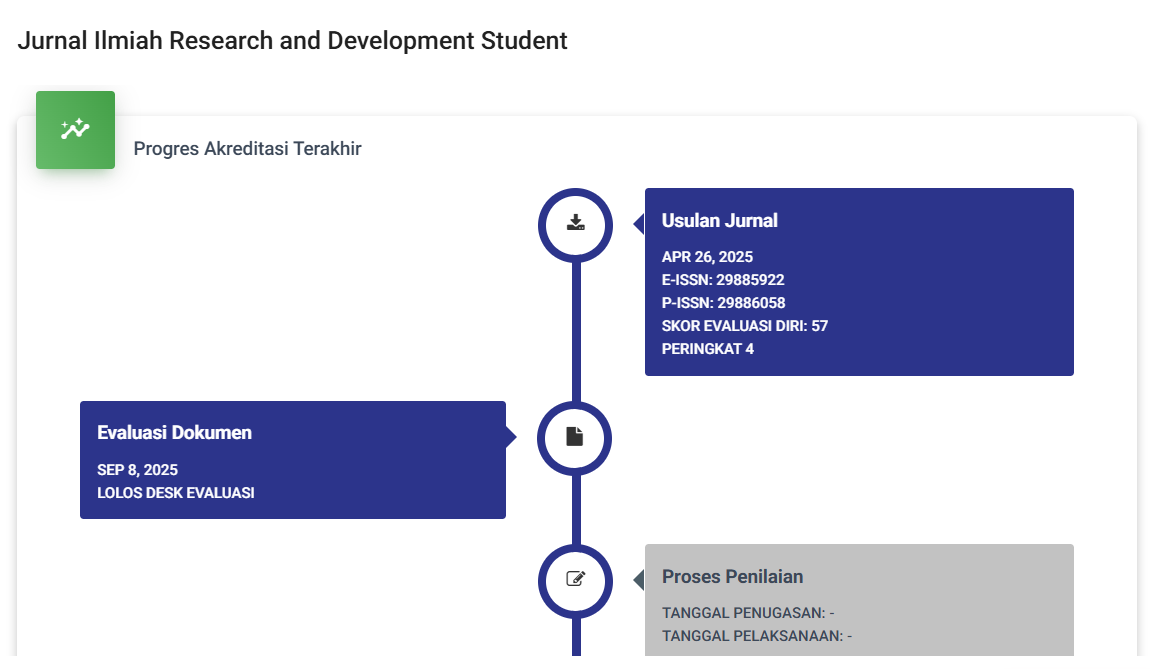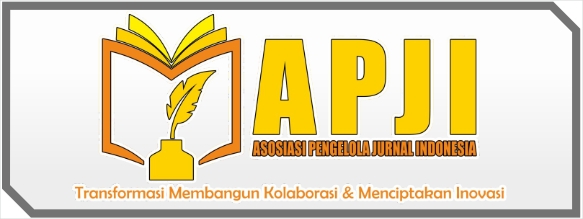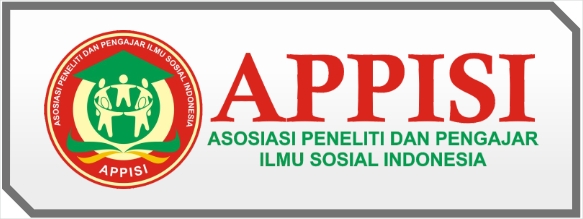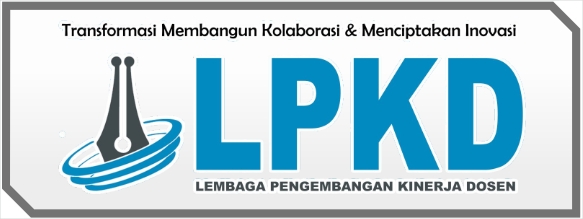Kesehatan Mental Dalam Kajian Semiotika Charles Sanders Pierce Pada Film “Ngeri-ngeri Sedap”
DOI:
https://doi.org/10.59024/jis.v1i1.369Keywords:
Film, Semiotics Charles Sanders Pierce, Mental Health.Abstract
This study explains about film representation which is a part of mass communication media. This research adopts a family film with elements of custom and culture, which is entitled the film “Ngeri-Ngeri Sedap”. This study aims to draw a message contained in a film in the form of mental health in the family and public sphere. This study uses a qualitative approach with the Charles Sanders Pierce analysis method which has three parts and is referred to as the triangle theory, namely sign, object, and interpretant. The primary data source in this study is the result of video recordings and secondary data sources derived from theoretical studies of journals and books. Data collection techniques using observation and documentation methods through image capture. The results of this study show that mental health provides an educational message related to a person's psychological condition within the scope of the family or community. Coverage in mental health is divided into three parts including stress, inability to adapt, and decision making which is represented psychologically and physically
References
Anggito, A., & Setiawan, J. (2018). Metodologi penelitian kualitatif. Jejak Publisher.
Ariani, M. (2015). 200 Pounds Beauty ” Karya Kim Young Hwa. eJournal lmu Komunikasi, 3(4), 320–332.
Benny H, H. (2014). Semiotik dan Dinamika Sosial Budaya. Komunitas Bambu.
Drajat, Z. (2012). Kesehatan Mental. Haji Mas Agung.
Edia, N. (2014). Psikologi sebagai akar ilmu komunikasi. Simbiosa Rekatama Media.
Febrianti, J. (2021). Gangguan Kesehatan Mental Yang Disebabkan Oleh Pendidikan Jarak Jauh Terhadap Mahasiswa Selama Pandemi Covid-19. Jurnal Medika Hutama, 03, 1512–1518.
Fred, W. (2006). Teknik Program Televisi. Pinus Book Publishee.
Hesti, M. (2021). Komunikasi Dakwah Dalam Film Cahaya Cinta Pesantren Karya Ira Madan (Analisis Semiotika Dalam Film) [Skripsi]. UIN Raden Intan Lampung.
Moleong, L. J. (2013). Metode Penelitian Kualitatif. Remaja Rosdakarya.
Pangestuti, M. (2021). Analisis Semiotika Charles S. Pierce Pada Poster Street Harassment Karya Shirley. Konfiks : Jurnal Bahasa, Sastra dan Pengajaran, 08(01), 25–33. https://doi.org/10.26618/jk/xxxx
Purnaditya, R. R., & Rohman, A. (2015). Pengaruh Pemahaman Pajak, Kualitas Pelayanan Dan Sanksi Pajak Terhadap Kepatuhan Pajak (Studi Empiris Pada WP OP yang Melakukan Kegiatan Usaha di KPP Pratama Semarang Candisari). Diponegoro Journal of Accounting, 4(4). https://ejournal3.undip.ac.id/index.php/accounting/article/view/9589
Rakhmat, J. (2012). Psikologi Komunikasi. Remaja Rosdakarya.
Semiun, Y. (2006). Kesehatan Mental (Jilid 1). Rajawali Pers.
Sugiyono. (2007). Metode Penelitian Kuantitatif Kualitatif dan R&D. Alfabeta.
Yusuf, S., & Sugandhi, M. N. (2011). Perkembangan Perserta Didik. Raja Grafindo Persada.
Downloads
Published
Issue
Section
License
Copyright (c) 2023 JURNAL ILMIAH RESEARCH AND DEVELOPMENT STUDENT

This work is licensed under a Creative Commons Attribution-ShareAlike 4.0 International License.




















